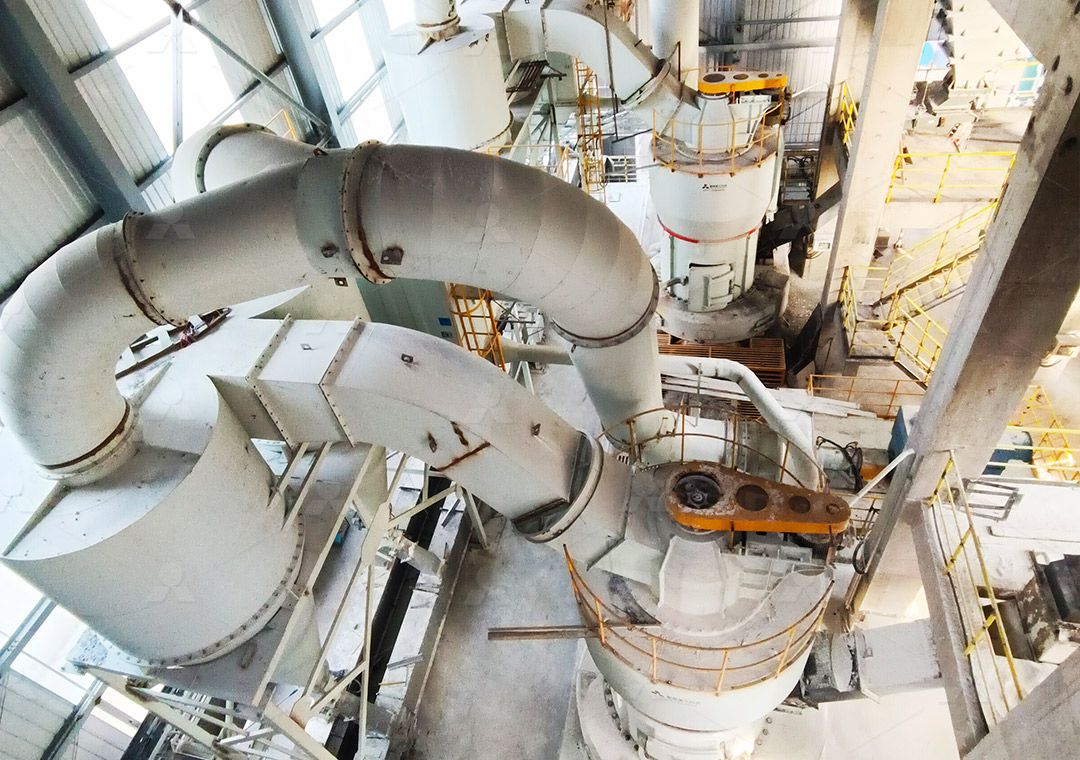700 Mesh Quartz Grinding Mill: Selection Guide and Price Analysis
700 Mesh Quartz Grinding Mill: Selection Guide and Price Analysis
Quartz processing demands precision equipment capable of achieving ultra-fine particle sizes while maintaining operational efficiency and cost-effectiveness. When targeting a fineness of 700 mesh, selecting the appropriate grinding mill becomes paramount to product quality and production economics. This guide examines critical factors in mill selection and provides insights into pricing structures.

Technical Considerations for 700 Mesh Quartz Grinding
Quartz’s inherent hardness (7 on the Mohs scale) and chemical stability present unique challenges for fine grinding operations. The ideal mill must deliver consistent particle size distribution while minimizing contamination and energy consumption. Key technical parameters include grinding mechanism, classification efficiency, wear resistance, and thermal control during processing.
Modern grinding systems must address the complete production chain from raw material feeding to final product collection. Systems incorporating integrated drying capabilities offer particular advantages for moisture-sensitive applications, while advanced dust collection ensures compliance with environmental regulations.
Recommended Solution: MW Ultrafine Grinding Mill
For operations requiring consistent 700 mesh quartz powder, the MW Ultrafine Grinding Mill represents an optimal solution. This advanced mill system combines German powder separation technology with innovative grinding chamber design to deliver exceptional performance for ultra-fine applications.
The MW series achieves fineness adjustment between 325-2500 meshes through its precision cage-type powder selector, making 700 mesh production easily attainable. With an input size capacity of 0-20 mm and throughput ranging from 0.5 to 25 tph, this mill accommodates various production scales while maintaining particle consistency.
Notably, the MW Ultrafine Grinding Mill operates without rolling bearings or screws in the grinding chamber, eliminating common failure points and reducing maintenance requirements. The external lubrication system enables continuous 24-hour operation, while the integrated pulse dust collector ensures environmentally compliant operation.

Alternative Option: LUM Ultrafine Vertical Grinding Mill
For operations with space constraints or requiring integrated drying, the LUM Ultrafine Vertical Grinding Mill offers complementary advantages. With its compact vertical design and input size capacity of 0-10 mm, this mill integrates grinding, classification, and transportation in a single unit. The reversible structure simplifies maintenance access to grinding components, reducing downtime for wear part replacement.
Economic Analysis and Operational Costs
Mill selection significantly impacts both capital expenditure and operating costs. While initial investment varies by mill type and configuration, operational expenses primarily derive from energy consumption, wear part replacement, and maintenance labor. The MW Ultrafine Grinding Mill demonstrates particular efficiency, consuming approximately 30% less energy than comparable jet milling systems while delivering 40% higher capacity.
Long-term operational economics favor mills with extended wear life and accessible maintenance features. Systems offering external lubrication and split-component designs typically demonstrate lower lifetime costs despite potentially higher initial investment.

Implementation Considerations
Successful quartz grinding operations require comprehensive planning beyond mill selection. Ancillary equipment including feeding systems, product collection, and material handling must complement the primary grinding circuit. Environmental controls addressing dust emission and noise pollution represent additional critical factors for sustainable operation.
Prospective operators should prioritize suppliers offering comprehensive technical support and genuine spare parts availability. The assurance of ongoing operational support significantly impacts long-term reliability and production consistency.
Frequently Asked Questions
What makes the MW Ultrafine Grinding Mill suitable for 700 mesh quartz processing?
The MW series incorporates precision German separation technology that enables exact control over final product fineness. The unique grinding chamber design without internal bearings prevents contamination and extends operational life, while the adjustable cage-type selector specifically targets the 700 mesh range.
How does energy consumption compare between different mill types for quartz grinding?
Advanced ultrafine mills typically consume 30-50% less energy than traditional ball mills or jet mills for equivalent output. The MW Ultrafine Grinding Mill specifically demonstrates 40% higher production capacity compared to jet milling systems at identical power input.
What maintenance requirements should I anticipate for 700 mesh quartz production?
Maintenance frequency depends on quartz purity and operating hours. The MW series design minimizes routine maintenance through its bearing-free grinding chamber and external lubrication system. Typical wear parts including grinding rollers and rings may require inspection every 1,000-2,000 operating hours depending on material abrasiveness.
Can the same mill process materials other than quartz?
Yes, the MW Ultrafine Grinding Mill accommodates various non-metallic minerals including limestone, calcite, dolomite, barite, and talc. The adjustable fineness control enables quick transitions between different material specifications and target particle sizes.
What factors most significantly impact final product quality in quartz grinding?
Critical factors include raw material consistency, grinding pressure control, classifier precision, and temperature management during processing. The MW series addresses these through its digital control systems, precision manufacturing, and advanced separation technology.
